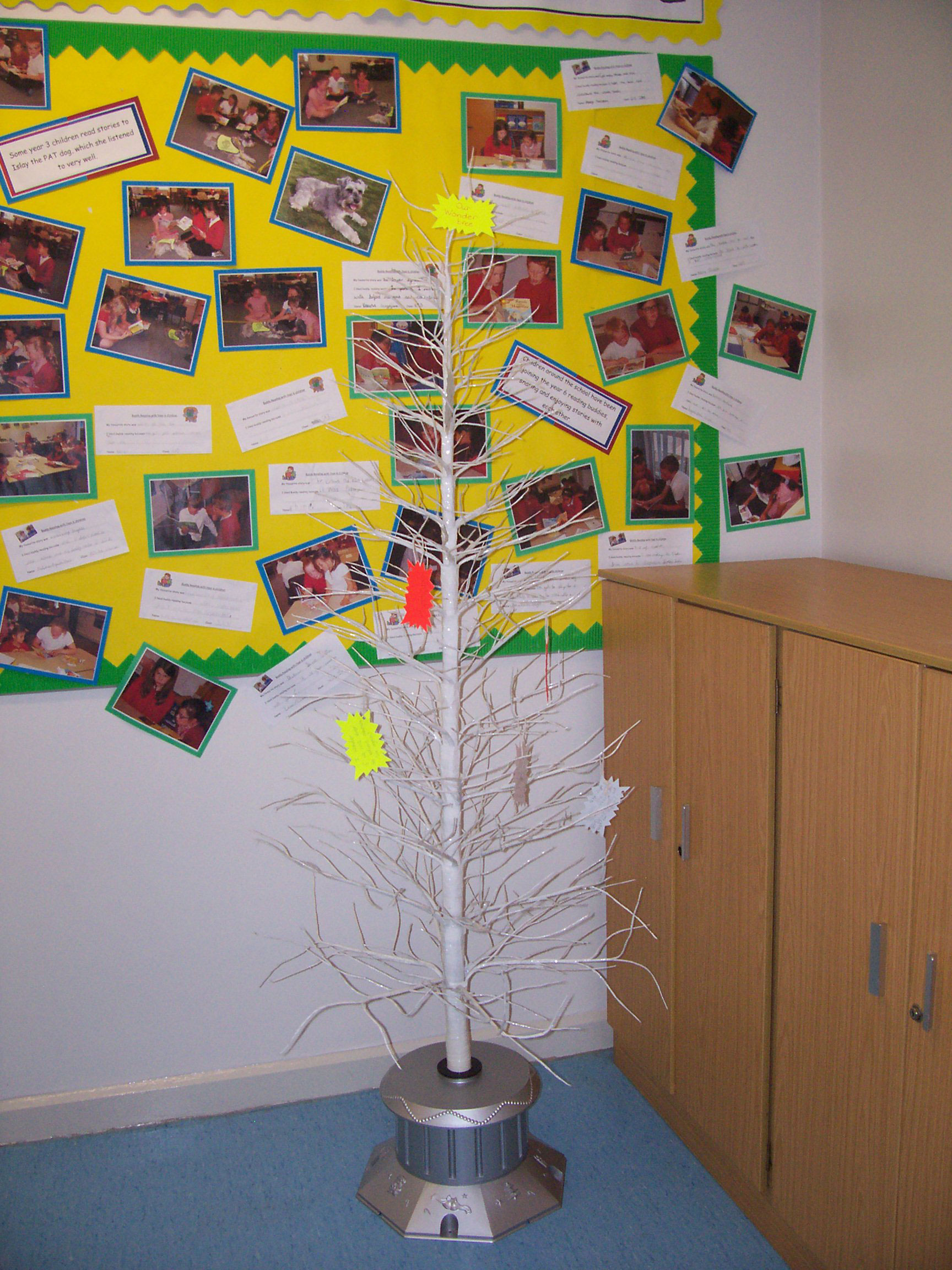 23rd April 2019 | IN EDUCATION DESIGN | BY SBID
23rd April 2019 | IN EDUCATION DESIGN | BY SBIDThe SBID Education Council puts effective design at the core of the learning process. With the aim of raising awareness in showing how evidence-based interior design decisions can transform learning experiences, member of the Education Council, Dr Pamela Woolner shares her views on learning environments. Pamela is the Degree Programme Director for EdD at Newcastle University and has carried out extensive research which centres on understanding and developing the physical learning environment.
The physical environment makes a difference to education – a setting will facilitate some teaching, learning and social practices while hindering others. Therefore, the best results occur when physical space and material resources are aligned with pedagogical intentions. It also means that space can be a powerful driver of educational change, but only if developed purposefully and in co-ordination with changes to other elements, such as curriculum, relationships and practices.
These ideas apply across a school’s premises, but furniture, furnishings and interior design form an interesting part of the overall environment. It is often possible to change the internal organisation and appearance of a school relatively cheaply and quickly, and there are considerable possibilities for involving school users, staff and students, in the process of planning and designing new spaces. So it is unfortunate that school interiors can be overlooked, particularly during times of big school building programmes, such as we have seen in recent years in the UK, Australia and elsewhere in the world. As an example of the potential power of interior design, consider the example of acoustics. Structural decisions, but also choices of furnishings and finishes, can reduce unhelpful reverberation and noise leakage between areas. This can be vital in enabling teacher decisions to drive learning practices, balancing activity and stillness, group work and individual projects. In contrast, in many schools, unsuitable environments, both poorly thought-out open space and enclosed rooms with thin walls, cause students and teachers to adapt their behaviour to avoid disturbing other people.

I’ve recently written about how two schools in the north east of England used their environments to support developments in teaching and learning to enrich student experiences and improve outcomes. A primary school, which we’ve referred to as Southside, got involved with a skills and enquiry programme, Open Futures. The intention was to change teaching and learning through four integrated strands of curriculum development centred on cooking, gardening, filming and philosophy for children. Through a very different process, our other example school, Town End Academy, set out to develop an enquiry-based, cross-curricular approach to learning, which is challenging within the English secondary school climate of individualised, subject based learning and high stakes tests.
 Southside
Southside
At Southside, involvement in Open Futures acted as an immediate catalyst for changes that the school had been hoping to make in curriculum content, teaching approaches and use of school space. Cooking and growing spaces were developed, as was a base for the film strand, staff went on training courses for the individual strands, while timetables and budgets were adapted to accommodate and resource the programme. These initial changes helped to support innovation, but it was subsequent developments that enabled the change to be sustained and, we judged, start to become ‘institutionalised’. Less tangible, but important, changes to educational practices and values were underpinned by more self-evident innovation across the curriculum, staff training and the school environment, inside and out. Finding school space for Open Futures, from the usual noticeboards to the ‘wonder tree’ in the corridor, which children across the school could use to ask questions and offer answers, demonstrated that the programme was valued and encouraged further engagement.
Town End Academy
At Town End, initial innovations centred on staff development and timetabling to support cross-curricular, enquiry-based learning. However, teachers were also encouraged to rearrange the furniture in the classrooms to facilitate the necessary student collaboration. Circular tables were put into some rooms, while, in others, desks were rearranged so that students could sit facing each other. Further developments into learning through extended collaborative ‘projects’ made more demands on school indoor space, including space to research and develop project ideas, as well as areas for end of project exhibitions and displays. Tending to work against the cross-curricular intentions was the school interior plan with its subject-specific offices that teachers use for planning, but also during breaks and lunchtimes.
Across both these schools, it’s clear to see that educational change is linked to the physical environment. Existing space can either support or constrain change, with redesign offering a usefully visual and tangible focus for the development of new practices. Furnishings, equipment and areas within these schools were used to support initial innovation, then embed the changes and enable ongoing development.

Dr Pamela Woolner
Degree Programme Director for EdD at Newcastle University
Click here to find out more about the SBID Education Council
For more information on these schools, discussion of the challenges of whole school change and ideas about using school space to entrench innovation, click here to read the free access article.
Full reference: Woolner P, Thomas U, Tiplady L. (2018) Structural change from physical foundations: The role of the environment in enacting school change. Journal of Educational Change, 19(2), 223-242.



